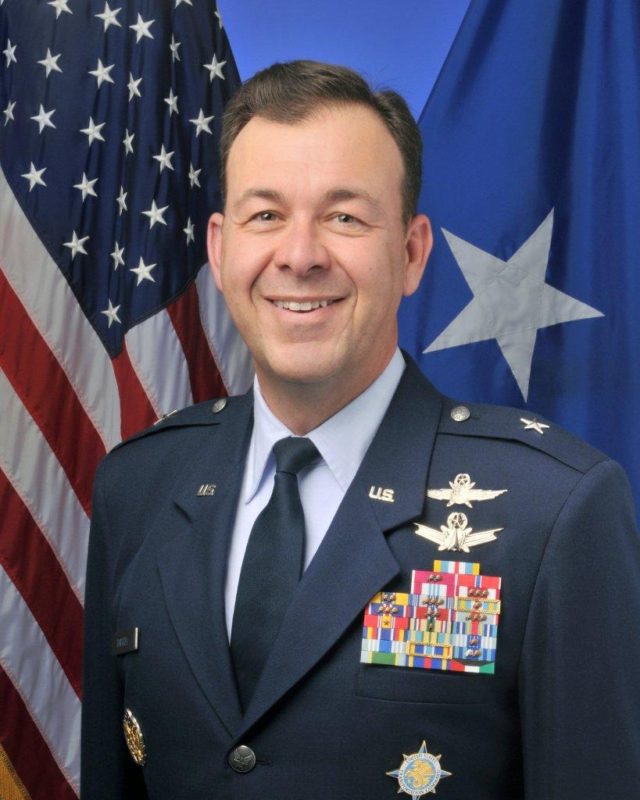We look forward to a new year and new opportunities for innovation and growth in the government contracting community. This past year, we experienced an increased emphasis on big data, insider threat, merging technology with health care, and the internet of things, among others.
WashingtonExec reached out to those most knowledgeable and experienced in the federal contracting space. We asked executives in and around the Beltway for insight on the direction they see the government contracting community heading in 2018. Topics discussed include M&A activity, public/private sector collaboration, cloud computing, the incoming millennial workforce in defense/IT/health care, talent retention and more.

Next in the series is retired Air Force Brig. Gen. Gregory Touhill, who now serves as president of Cyxtera Federal Group, which brings market-leading data center services and cybersecurity capabilities to federal agencies and departments. Touhill previously served as the first-ever U.S. chief information security officer. Here are his insights:
Government data centers are aging. The cost to operate and maintain them is growing while their capabilities are eroding. Given the slow pace of the Data Center Optimization Initiative, the current administration should seize the opportunity to reinvigorate it. The DCOI calls for, among other things, optimization of infrastructure and a transition to more efficient solutions, like cloud services.
The private sector already hosts a significant portion of government data and delivers results that are more effective, efficient and secure. If I were a member of Congress, I’d be asking why government-operated data centers are still open when the private sector has proven itself superior.
Personnel presents departments and agencies with a dual challenge. First, there is a struggle to find qualified candidates to fill staffing vacancies in IT and cybersecurity — just like in the private sector. Second, personnel is one of the most expensive line items in all federal budgets. Expect most departments and agencies to look at measures to reduce their personnel requirements and to temper their hiring. This will occur even as the IT and cyber workforce is aging and a significant number retirement eligible.
It makes more economical sense to hire experts to fill the talent gap, like “just-in-time” consultants like those from federally funded research and development centers or specialized firms. This eliminates the endless search for employees and the resources it takes to train and retain them in a highly competitive job market.
The government is drowning in data, yet thirsting for knowledge. It’s essential to have situational awareness and understand the cyber environment. Advanced analytics is driving investments in powerful machine learning and artificial intelligence capabilities. The goal is to enable decision makers to cull through vast amounts of data quickly to assist with complex tasks. This capability is popping toward the top of requirements lists in many departments and agencies. AI also promises to help offset personnel vacancies and reduce total cost of ownership.

